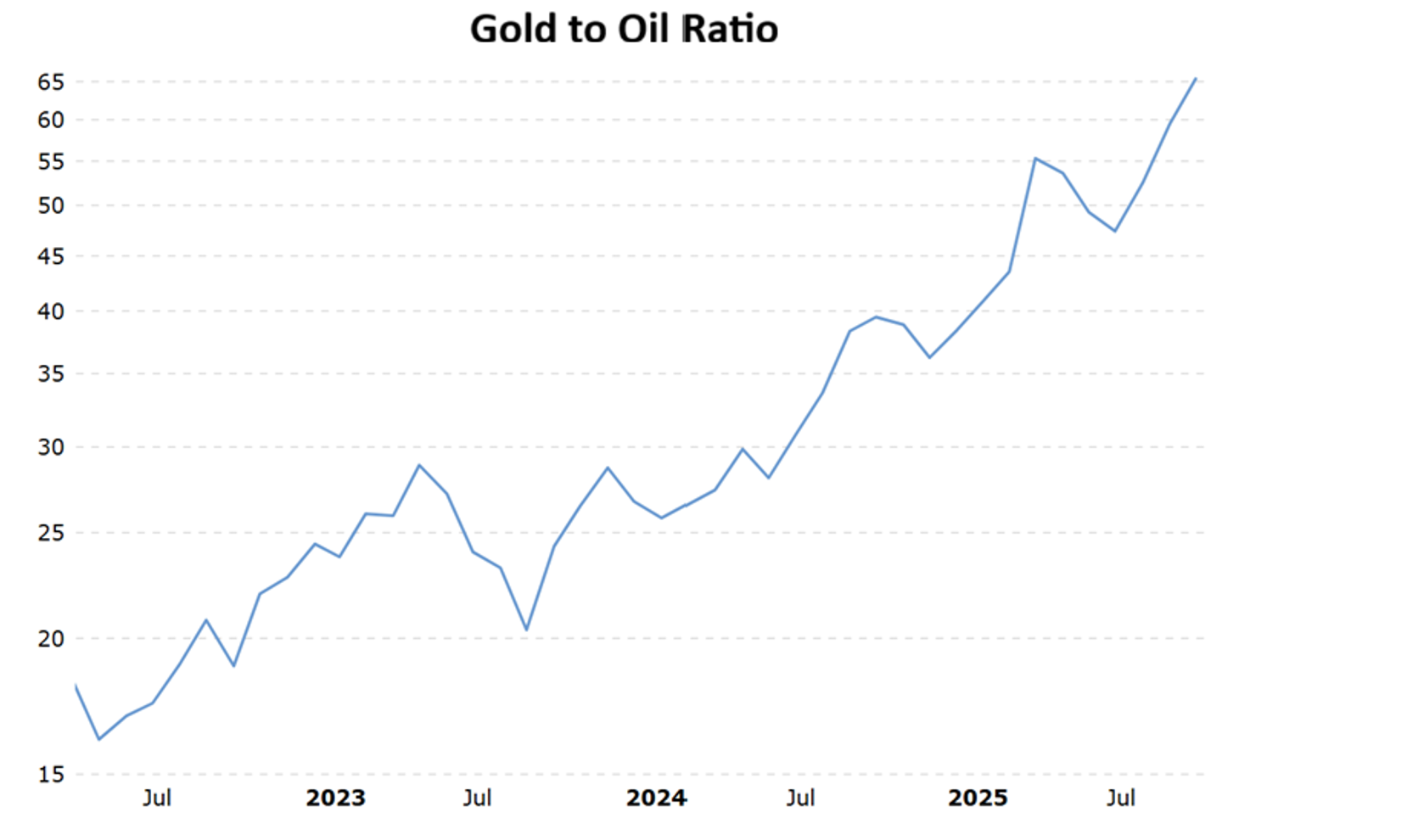Editor’s Note: For any readers who missed Brad’s announcement yesterday, the team over at TradeSmith, a corporate affiliate, have just revealed what could be the biggest breakthrough in their company’s history. It’s an AI-powered tool that, through the company’s back test, had 85% accuracy at forecasting the direction of 2,335 stocks. It sounds almost unbelievable, but the team is demonstrating the new tool and giving all the details right here.
A good friend of mine owns and manages a business that resells gold and silver jewelry.
The ceiling he pays when acquiring new inventory is usually spot price – the price you typically see when you look at a gold or silver price chart. If inventory doesn’t move, he simply sells it to a refinery to be melted down. It’s a smart business with minimal downside.
But he sent me a text a few days ago. He told me that the refineries suddenly changed their policy.
Demand to convert precious metals to cash is so overwhelming that they are only accepting silver bullion and gold coins. Sterling silver jewelry, for example, is no longer accepted. He has been doing this for almost 20 years, and this has never happened.
If you’ve been in the markets for as long as I have, alarm bells should be going off. Whenever an asset gets that popular, it’s usually a sign that we’re entering (or already in) a mania.
At the same time, “black gold” is telling a very different story. Crude oil just broke four-year lows, and futures pricing is grim.
In this edition of the Wide Moat Daily, I’ll explain why gold the precious metal, and black gold, as crude oil is often called, are diverging like few times in history.
I believe the tale of two golds is one of the most important themes investors must understand.
Same Asset Class, Different Drivers
Ask any investor to name a few commodities. Odds are they’ll name gold and crude oil. They are the bread and butter of the asset class. And every economics textbook states they protect against inflation.
If that’s the case, why is WTI crude oil down more than 50% since 2022 while gold is up by over 100%? Both are commodities. But they answer to different bosses.
Source: MacroTrends.com
The gold-to-oil ratio is a great tool. It divides the price of one ounce of gold by the price of one barrel of crude oil. Put another way, it shows how many barrels of oil one ounce of gold could theoretically buy.
The higher the ratio, the more valuable gold is relative to oil. And as you can see above, gold is almost priced “off the charts.”
Unlike palladium and other platinum group metals, gold is primarily a financial asset. Only 6% is used for industrial purposes. That makes it sensitive to real interest rates, the U.S. dollar, and risk appetite.
As Buffett has famously said, gold has no yield or earnings. Despite what you hear on gold commercials, its value is relative, not intrinsic. Think of it this way: If you were stranded alone on a deserted island, you probably wouldn’t have much use for gold.
Oil, on the other hand, lives and dies by supply and demand. OPEC+ policy, U.S. shale production, refinery capacity, oil inventories, China’s industrial statistics, and overall economic growth determine what the market pays for crude oil on any given day.
Crude oil is converted into gasoline, diesel, aviation fuel, asphalt, and industrial chemicals (among many other critical products). Every output for a refined product has its own complex supply and demand system. And even if demand is high, that doesn’t guarantee price increases like it does with gold.
That’s because modern drilling technology allows oil producers to begin increasing production in as little as a few months.
Interest rates and trends in the U.S. dollar matter for crude oil pricing. But production volumes versus demand matter more.
What the Divergence Means
All things equal, soft oil prices signal cooling global growth. Expectations about the world’s main manufacturer and oil consumer (China) are tepid. Some also say that electric-vehicle adoption is putting pressure on oil prices, but gasoline and diesel consumption continues to climb overall. When oil prices are depressed despite inflation fears, commodity markets are telling us that there is no risk of economic “overheating” anytime soon.
For gold, the rapid price increase is more about monetary policy. The gold bugs have looked at government debt around the developed world, and it isn’t a pretty picture.
France’s fiscal situation is a nightmare with a deficit that’s nearly 50% greater than allowed by E.U. rules. The U.K. isn’t much better. Japan’s public debt at 250% defies the law of gravity. The U.S. deficit is also near record highs outside of wartime, and it’s been that way for multiple administrations.
These governments have no choice but to devalue their currencies. As that becomes clearer, gold moves higher.
So, what does all this mean?
The Next Six to 12 Months
Globally, it points to a “soft-landing” with slow-to-moderate economic growth. I’ll explain why.
If growth expectations were truly poor, that’s deflationary, and gold wouldn’t be hitting new highs. Gold fell from roughly $1,000 per oz to around $730 per oz during the Financial Crisis of 2008/2009. Chaos doesn’t always benefit gold prices.
But if growth was supposed to be strong, oil wouldn’t be sub-$60 WTI. It would be more in the $65 to $85 range that encourages more drilling.
If global growth beats expectations, look for oil to outperform. That’ll help these struggling governments collect more tax revenue and narrow deficits, so gold will likely head down.
To be safe, I suggest going with the lowest-cost and highest-quality oil drillers only. That and the better infrastructure/pipeline plays are a good way to take advantage of low oil prices without taking on a lot of risk.
And as for gold…
Be Cautious Joining This Gold Rally
When it comes to gold, maintaining a modest allocation is prudent as a hedge against government balance sheets getting even worse. But let’s not pretend gold hasn’t increased from roughly $1,600 per oz to over $4,000 per oz in three years. As bad as deficits and other variables have gotten, it’s not 3 times worse in three years. There is real risk here if entering the gold market today.
Consider that gold hit a then-high of just over $1,800 in 2011. The metal then trended lower for the next four years, hitting a low of approximately $1,000 in November of 2015. In fact, it wasn’t until 2020 – almost a decade later – that those top-buyers in 2011 were made whole and gold reclaimed $1,800 per ounce. And, of course, they weren’t really made whole because of inflation.
That is a risk with gold.
While gold is soaring to new highs, black gold is sinking. But as commodity traders say, the cure for low prices is low prices.
Crude oil is attractively priced and has created lower-risk, higher-reward setups if you know where to look. I do not think this divergence will last.
And I know which one I’d rather bet on.
Regards,
Stephen Hester
Chief Analyst, Wide Moat Research
|


